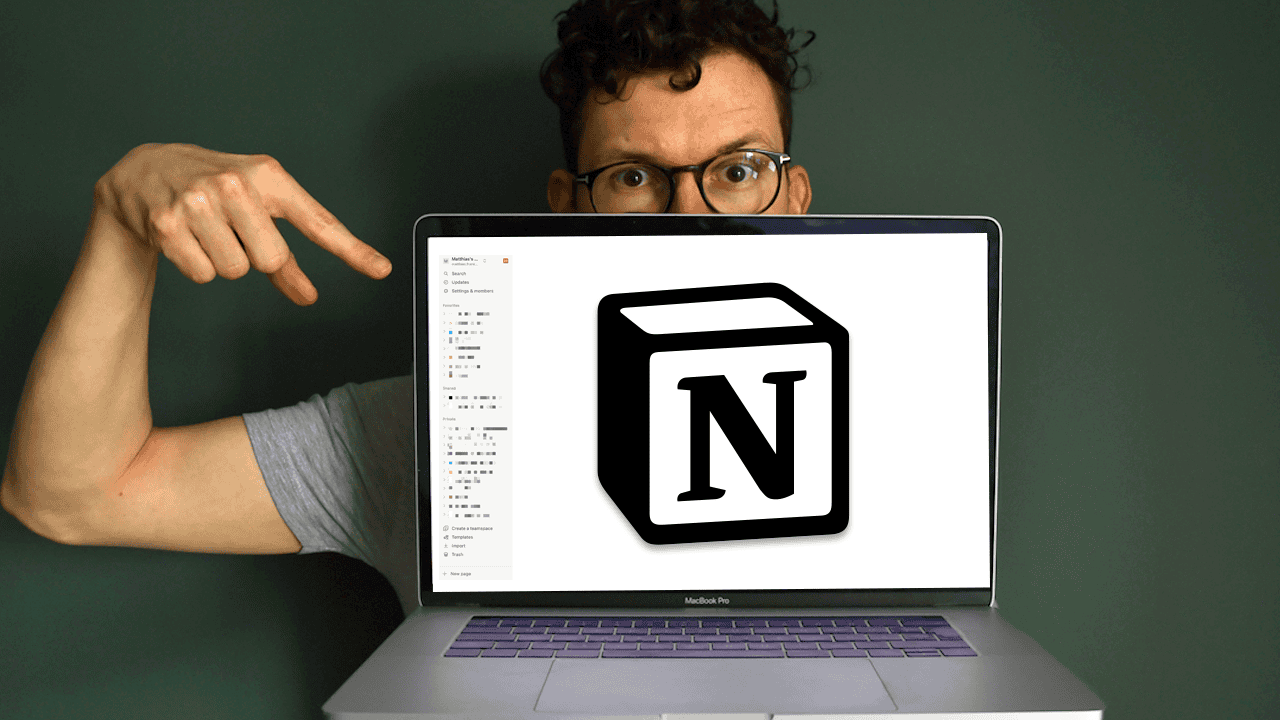The best preparation is pretty useless, if you’re not able to show up on the day of the exams. It took me a while to understand that taking care of your mental health isn’t some nice bonus that could be considered when all other pieces are place – it’s the base on which all other efforts build.
There’s a lot to say about stress and not all stress is bad. But it’s a fine line between being alert and ready because your stress levels are at the sweet spot where you’re performing at your best and the paralysing feeling of being overwhelmed by the whole situation.
During my university years, I’ve never paid much attention to my stress levels and how I handled exam situations. I was fortunate enough to never feel the effects of my nerves getting the better of me. Exam periods also swooshed by so quickly, that there was little breathing room to pause and reflect on what’s actually important.
Preparing for the bar exam was different though. It included a year of continuous learning and at the end, two weeks of exams that will determine the success of 5 years of studying (only those grades count – what you’ve done during university is more or less irrelevant).
With that pressure in mind, I started to look around for ways to handle stress, so that I’d be prepared in case the whole situation would get to me. Down below, you’ll find the three techniques that I found the most helpful.
Box Breathing
Let’s start with the easiest of them all: Breathing. It’s hard to believe that something so simple and natural that we usually don’t even pay attention to it can have a measurable impact on our well-being and performance.
Why it works
Studies have shown, that there’s much truth behind the old saying: just take a deep breath. Slow and deep breathing increases the activity of the vagus nerve, part of your parasympathetic nervous system, which influences wide parts of your body: it slows the heart rate, relaxes your muscles and even helps your brain to feel more peaceful.
The parasympathetic nervous system is also the antagonist of the sympathetic nervous system – the one responsible for your “fight or flight” feelings, which is most likely kicked into high gear when you’re experiencing a very stressful situation.
Besides that, focusing on your breath has another trivial, but helpful effect: your mind is now busy tracking your breathing and has less capacities available to chase the latest worries.
What to do
There are plenty of breathing techniques out there, but this one is particularly easy to implement. It’s called Box Breathing, a term coined by an ex Navy Seal, and requires nothing more than 5 minutes of your time.
- Breath in slowly through your nose while counting to five. Try to first breath into your stomach and only start filling your chest once your belly is full.
- Hold the breath while counting to 5. If you want, you can pinch your nose with your fingers
- Slowly exhale for another 5 seconds
- Before taking the next breath, pause for 5 seconds. Again, you could pinch your nose.
- Repeat the above process 2-4 times or continue doing so for 5 minutes, depending on your available time.
When to do it
Box Breathing is great to calm you down in a stressful moment. Do it right before a speech or an exam to bring down your heart rate and reduce the stress to a helpful level.
It’s also a useful small reset in between a normal working day. End-to-end Zoom calls are prone to raise our stress levels too, even though on a much smaller scale that’s likely to go unnoticed. Try to pause next time that call ends, do a set of three or four Box Breaths and see how it feels.
Lastly, slow and deep breathing is something worth paying attention to every day. Nowadays, I try to pause 2 or 3 times a day to do a round of Box Breathing and I see a noticeable difference afterwards.
Visualisation
Next on the list: using your imagination. While thinking about the stressful situation might be one of the last things you want to do, it can be really helpful under the right circumstances.
Why it works
Your brain is constantly analyzing and simulating potential future outcomes anyway. By taking control over your thoughts for a while, you can accomplish 2 things:
- Giving your brain a specific goal will put it into “problem-solving mode” – you basically prime it to use it’s capacities to make this scenario work instead of being busy with worrying about what could all go wrong
- Going through the motions in your mind will familiarize you with the situation. Just as athletes use visualization to prepare themselves for their performance, you can get used to the exam situation, so that it doesn’t feel overwhelming once it comes around in reality
What to do
Close your eyes and picture the stressful situation in as many details as possible. If possible, create a mental image in the first perspective. Think about the individual mundane steps that you’ll take to accomplish your goal as well as your feelings in the situation.
In my case of the bar exam, that would involve imagining how I pack my bag in the morning, getting dressed, leaving the house, walking to the station, driving to the city center, walking again, opening the door to the building, climbing up the stairs, sitting at my desk, unpacking my things, turning around the exam, going through the motions of solving it, handing it in and leaving.
Add as many details as possible – and try to also feel the emotions you’d have in that situation. For me, the last part came automatically. As soon as I sat down the first time to do this, I felt the nervousness and adrenalin in my body, even though on a much smaller scale. It was a bit harder to imagine the happiness and excitement afterwards. It’s helpful to simply start smiling – that way, you can trick your brain into feeling happier.
When to do it
Personally, I’ve used Visualization to prepare for my bar exams – so for big, important events that are likely to create a loot of pressure. The key here has been to start early enough in advance to give your mind the time to get used to the situation.
Meditation
Finally, meditation. I’ve been meditating since June 2017 and while it was just a fun thing to try in the beginning, I can now see the actual difference it does. The effects become most clear to me whenever I stop doing it – I’m more agitated, more annoyed and generally less balanced.
Why it works
Meditation has been linked to all kind of benefits and studies continue to show that it’s much more than sitting in silence. It helps to preserve your brain long term, reduces mind-wandering and actually alters your brain structures.
The growing interest in meditation in the west has lead to an increasing focus on understanding the underlying mechanics, so we can be sure to learn more about it in the coming years.
For now, the above effects together with other promising indications like increased focus or say moderate impact for treating depression and anxiety seem good enough to me to make it worth trying.
What to do
When I first started meditation, I assumed it would be about gaining control over your thoughts and “emptying your mind”. Turns out, that’s usually not what your supposed to do. Here’s a simple routine that I found helpful and still apply with slight modifications:
- Sit down in an undisturbed place, as upright as comfortable.
- Set your timer to 5 minutes (you can increase this later, once you get used to it).
- Take some deep breaths. Close your eyes and let your breath return to its normal rhythm
- Feel for your body. Where’s the weight? Where’s the contact to the chair or floor?
- Become aware of the space around you. Are there any sounds, any smell or maybe some wind?
- From there, gently turn your attention towards your breath. Keep breathing normally and focus on the travel of the air in your body. Feel everything expanding as you breath in. Feel everything relaxing as you breath out.
- Continue to focus on your breath until the timer rings.
While easy at first, you’ll most likely find yourself distracted by thoughts. Your mind will wander and you might even start daydreaming for the rest of the session. That’s totally normal and doesn’t mean you’re doing it wrong.
Instead of being disappointed or angry, just gently note whenever you become aware of your distraction and return your focus to your breathing.
Being distracted is normal – our brain produces a constant stream of thoughts for us to chase after at any given moment (also known as the monkey mind). Training yourself to become aware of this process and simply returning to your breathing might seem mundane, but it’s the key part of the exercise.
When to do it
Meditation has been linked to countless long-term benefits, so I’ve adopted it as a general habit. While I use Box Breathing & Visualization in very specific situations, Meditation has become my go-to daily dose of mental training.
I recommend using James Clear 4-Step-Model of Habit Formation to incorporate Meditation into your daily routines. You can find a great summary here or order the book here. Dedicating a specific time slot to meditation and – if you have the space for it – turning a small area into a meditation spot are two great ways to anchor your new habit.
Summary
A thorough preparation for exams includes making sure that your mental is on point. Just as with study techniques in general, it helps to combine several approaches that are tailored towards specific problems.
- Use Box Breathing to quickly calm down & relax
- Use Visualization to prepare in advance for specific situations
- Use Meditation to improve your general mental well-being


